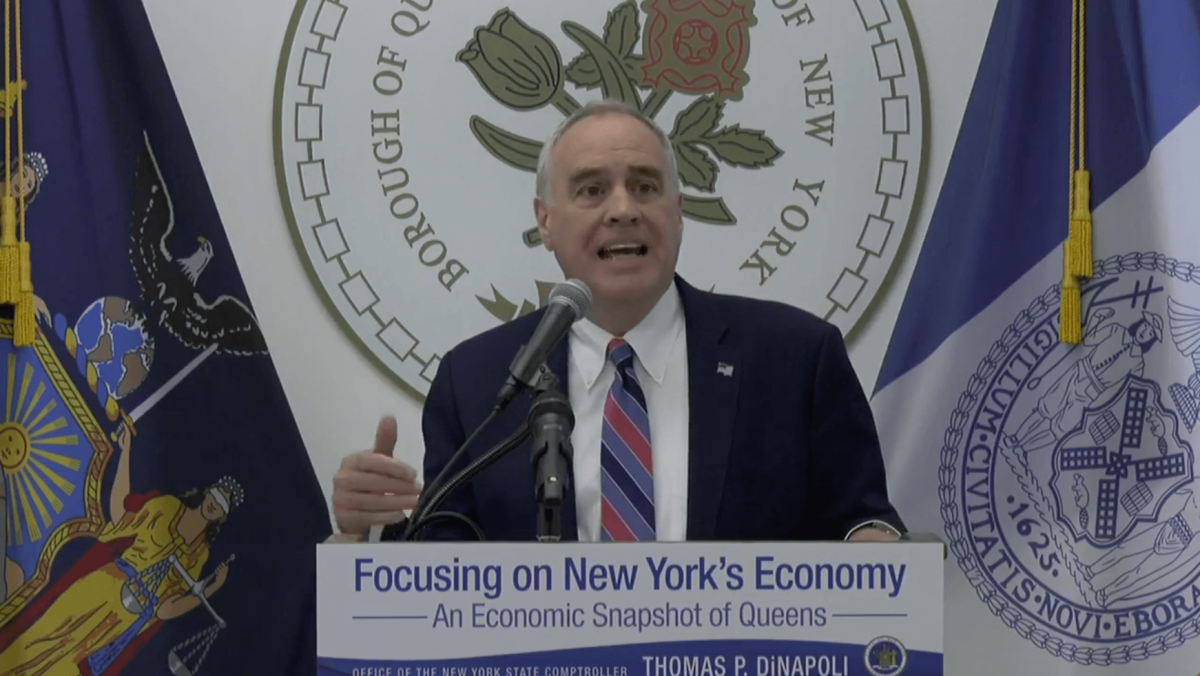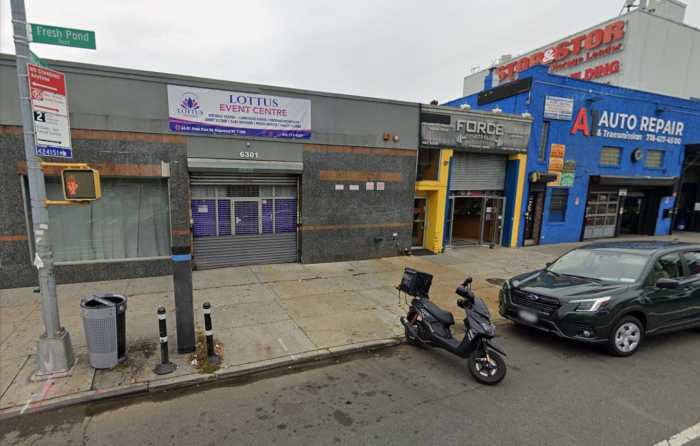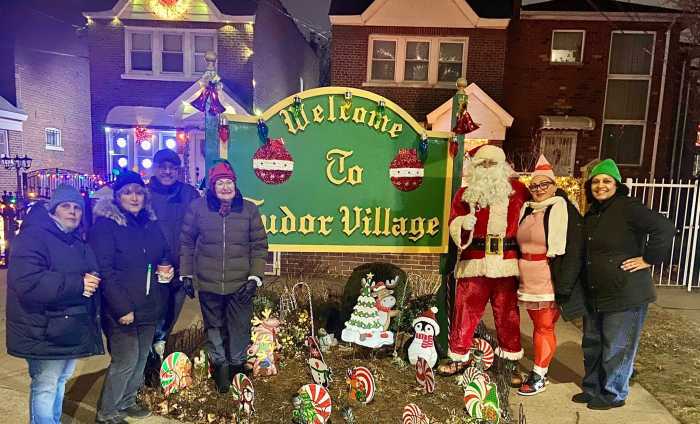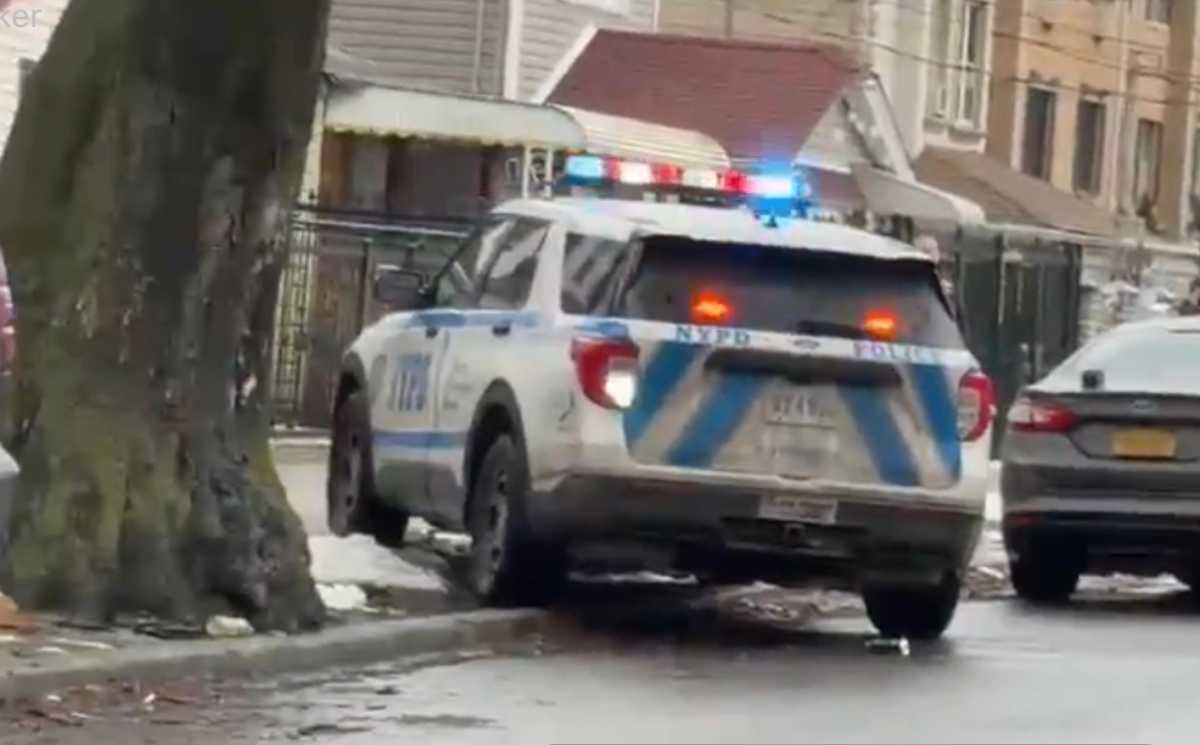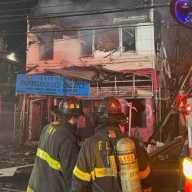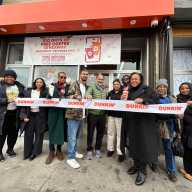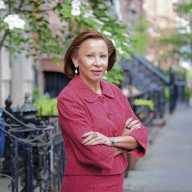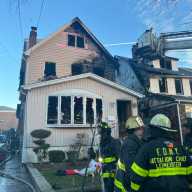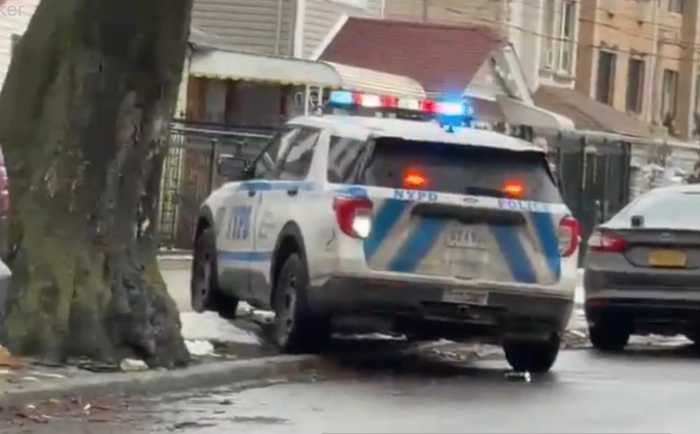Immigrants get the job done for Queens, State Comptroller Thomas DiNapoli declared during his May 18 speech outlining an “economic snapshot” of the borough.
DiNapoli told the crowd at Queens Borough Hall in Kew Gardens that Queens’ economy is “truly soaring” amid “an historic time for the borough.” The borough’s population is booming, and the job market has set “employment records each of the past six years.”
“Much of the borough’s successes come from immigrants, which make up nearly half of the borough’s population,” DiNapoli said. Immigrants make up nearly half of Queens’ workforce and 69 percent of the borough’s self-employed entrepreneurs, he noted.
“Queens is truly proof that immigration is something to be embraced, not to be feared,” he added, rebuffing the recent anti-immigrant rhetoric coming from the Trump administration.
Between 2009 and 2017, according to DiNapoli’s report, Queens added 110,500 private sector jobs. The health care industry led the way in job growth, followed by leisure and hospitality, business services and retails; these sectors, the comptroller said, accounted for more than two-thirds of the new jobs.
This occurred as Queens reached a record population of 2.4 million, a 25 percent spike since 1980. The 1.1 million immigrants who reside in Queens — “the most racially and ethnically diverse county in the nation,” as DiNapoli noted — is second only to Miami-Dade County in Florida in having the nation’s highest countywide immigrant population.
Private sector jobs in the Howard Beach-Ozone Park area — one of 14 Census-defined neighborhoods in Queens — grew by 43 percent over the last eight years, the strongest growth in the entire borough. Job growth was also strong in Flushing (39 percent), Jackson Heights (38 percent) and Richmond Hill (34 percent).
With Queens being home to two of the city’s three main airports, it’s no surprise that many Queens residents work in transportation. DiNapoli’s report found that Queens accounted for 58 percent of all transportation jobs — and 96 percent of all air transportation jobs — in New York City. More than 49,000 people are employed at John F. Kennedy and LaGuardia Airports, generating $64.4 billion in economic activity throughout the New York City area last year alone.
Construction also played a major role in Queens’ economy in recent years, with a 49 percent increase in construction permits between 2011 and 2017 leading to a 32 percent increase in construction jobs. Last year, DiNapoli remarked, a record 52,700 construction jobs were created in Queens — the most in the entire city.
Despite the very rosy economic picture, the state comptroller conceded that Queens residents still face plenty of economic challenges. Although the $62,200 median household income in 2016 was the highest in all of New York City, more than half of all Queens households devoted 30 percent or more of their income toward paying their rent.
This, DiNapoli noted, is indicative of the need for more affordable housing, as soaring home values continue to put additional economic pressure on families across Queens that may force some to leave for more affordable abodes outside of the borough.
Public schools are also overcrowded, the comptroller said, a byproduct of the borough’s population surge. Even as the city poured hundreds of millions of dollars toward school construction across Queens in recent years, many elected officials in attendance agreed that more must be done to keep up with the demand for classroom space.
Queens residents also endure some of the longest commute times in the five boroughs, and DiNapoli along with other lawmakers in attendance stressed the need for greater infrastructure investment.
“We’re always fighting for more infrastructure in Queens,” Borough President Melinda Katz said, noting that rebuilding roads and the transit system are even more important as tourism has surged across the borough. More than $1 billion in tourist-related economic activity was generated in Queens last year alone.
Katz said that the borough is looking toward other projects to keep the economy humming and addressing the needs of Queens residents. The Jamaica Now action plan is underway to spur new economic growth in downtown Jamaica, and Katz added that a new strategic plan to build the technology industry in Long Island City will be announced in the weeks to come.
Watch DiNapoli’s full economic snapshot speech on his Facebook page.

